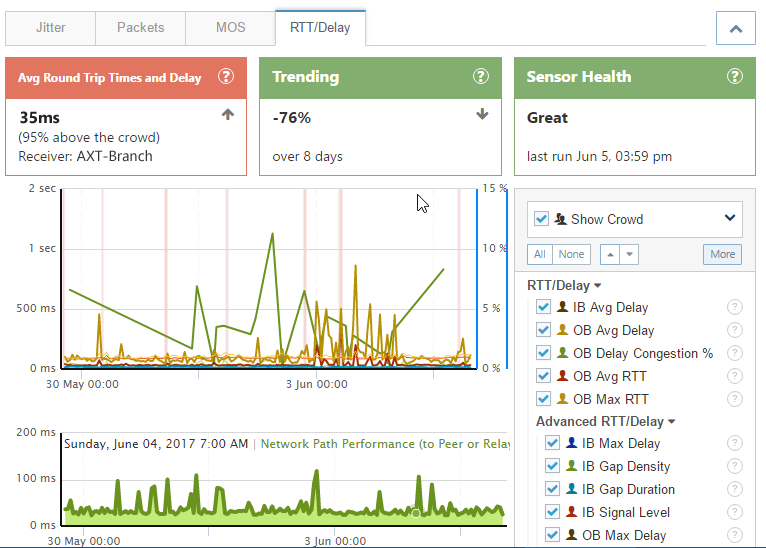


You can't configure the internal firewall to perform NAT.

If you are deploying a single Edge Server or an Edge pool using DNS load balancing, you can configure the external firewall to perform network address translation (NAT). Network requirements for audio/video (A/V) in a Skype for Business Server deployment include the following: In Enterprise Edition topologies, most servers should be in a network that supports more than 1 Gbps, especially when supporting audio/video (A/V) conferencing and application sharing.įor public switched telephone network (PSTN) integration, you can integrate by using either T1/E1 lines or SIP trunking. In Standard Edition topologies, servers should be in a network that supports 1 Gbps Ethernet or equivalent. The size of the LAN depends on the size of the topology: In general, you should connect all server roles within the Skype for Business Server topology using a low latency and high bandwidth local area network (LAN). The network adapter of each server in the Skype for Business Server topology must support at least 1 gigabit per second (Gbps). Likewise, if your network involves wi-fi as well as wired access, the whitepaper Delivering Lync 2013 Real-Time Communications over Wi-Fi is a good reference and is equally applicable to Skype for Business Server. While the content refers explicitly to Lync 2010 and Lync 2013, the considerations for Skype for Business Server are unchanged. The information in these topics is also discussed in the whitepaper Network Planning, Monitoring, and Troubleshooting with Lync Server with additional details and depth. Summary: Review the network component considerations below before implementing Skype for Business Server.


 0 kommentar(er)
0 kommentar(er)
